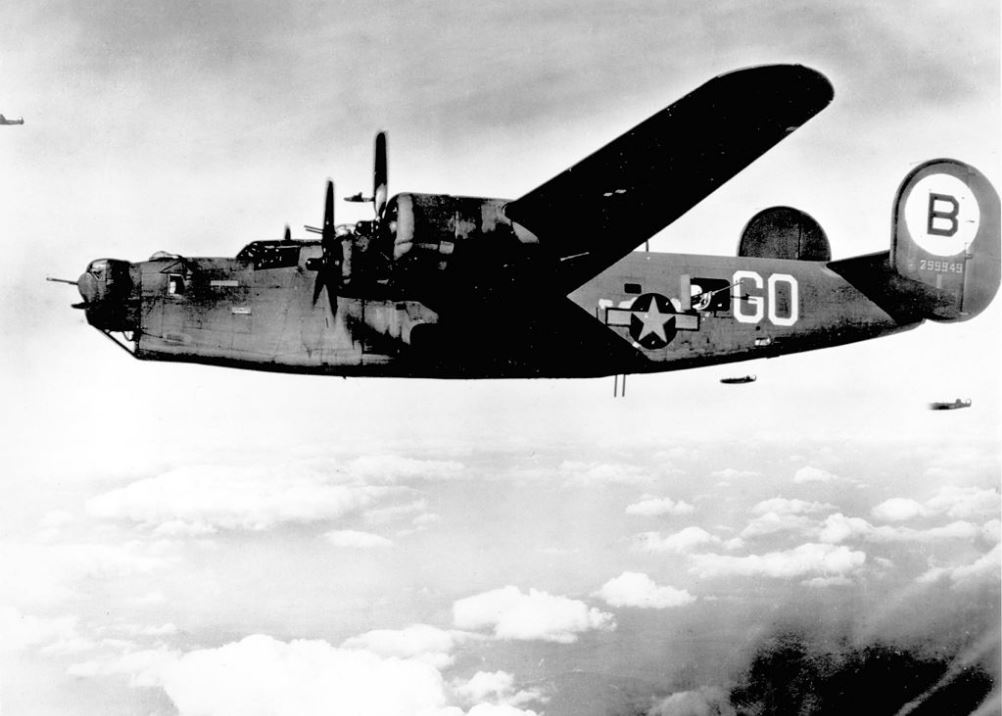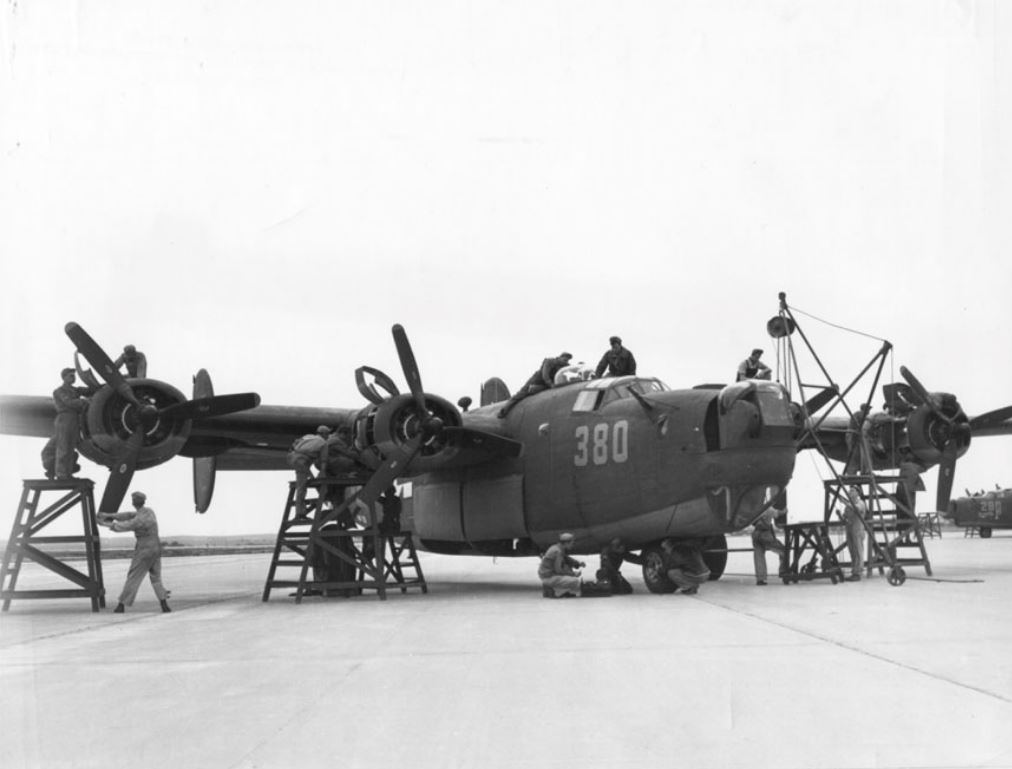Difference between revisions of "Consolidated B-24 Liberator"
From Our Contribution
(→No. 7 Operational Training Unit RAAF) |
(→Crew members) |
||
| Line 40: | Line 40: | ||
*Bombs: 1,200kg to 3,600 kg depending on range. | *Bombs: 1,200kg to 3,600 kg depending on range. | ||
| − | ==Crew members== | + | ===Crew members=== |
===Ground Crew No. 21 Squadron RAAF=== | ===Ground Crew No. 21 Squadron RAAF=== | ||
| − | *[[Avon William Mills]] 20 Jul 1944 - 6 Jun 1945 | + | * [[Avon William Mills]] 20 Jul 1944 - 6 Jun 1945 |
| − | *[[Vernon Wallace Marsh]] Nov 1944 - early 1946 | + | * [[Vernon Wallace Marsh]] Nov 1944 - early 1946 |
===Ground Crew No. 99 Squadron RAAF=== | ===Ground Crew No. 99 Squadron RAAF=== | ||
| − | *[[Robert (Mick) Bunney]] 18 March to October 1945 | + | * [[Robert (Mick) Bunney]] 18 March to October 1945 |
===No. 7 Operational Training Unit RAAF=== | ===No. 7 Operational Training Unit RAAF=== | ||
| − | *[[Frederick Matthew Howlett]] 26 Aug 1944 - 23 Apr 1945 | + | * [[Frederick Matthew Howlett]] 26 Aug 1944 - 23 Apr 1945 |
| + | |||
| + | ===No.482 Squadron RAAF=== | ||
| + | * [[ Nicholas Keating]] | ||
[[category:Aircraft]] | [[category:Aircraft]] | ||
Revision as of 21:05, 25 January 2021
Contents
[hide]Remarks
Designed to be an upgrade to the Boeing B17, the B-24 was the mainstay of the US strategic bombing campaign in the Western European theater. Due to its range, it proved useful in bombing operations in the Pacific, including the bombing of Japan. Australian aircrew seconded to the Royal Air Force flew Liberators in all theatres of the war, including with RAF Coastal Command, in the Middle East, and with South East Asia Command. Some even flew in South African Air Force squadrons. The first to enter service with the RAF did so in late 1941, with the first to be used in the Middle AEast arriving there in early 1942.
287 Liberators saw service with the RAAF in seven squadrons, and 2 special duty flights. 33 of these aircraft were lost due to enemy action or accidents with 200 Australian killed. At the conclusion of the war they performed a vital role ferrying released POWs back to Australia from Manila, and servicemen from Labuan. They remained in service with the RAAF until 1948 when they were replaced by Avro Lincolns.
Due to its shape it earned the nickname "Flying Boxcar". Some variants, used for maritime patrol carried reduced defensive capacity and some transport versions, none at all.
General characteristics
- Crew: Eleven: Pilot, co-pilot, navigator, bombardier, radio operator, nose turret, top turret, 2 x waist gunners, ball turret, tail gunner.
- Length: 20.47 m
- Wingspan: 34 m
- Height: 5.37 m
- Empty weight: 16,556 kg
- Max takeoff weight: 24, 948 kg
- Powerplant: 4 x Prat & Whitney Twin Wasp 14 cylinder air cooled radial piston engines. 1,200 hp each
- Maximum speed: 478 km/h
- Range: 2,480 km
- Service ceiling: 8,500 m
- Armament
- Guns: 10 x .50 caliber M2 Browning machine guns in 4 turrets and 2 waist positions
- Bombs: 1,200kg to 3,600 kg depending on range.
Crew members
Ground Crew No. 21 Squadron RAAF
- Avon William Mills 20 Jul 1944 - 6 Jun 1945
- Vernon Wallace Marsh Nov 1944 - early 1946
Ground Crew No. 99 Squadron RAAF
- Robert (Mick) Bunney 18 March to October 1945
No. 7 Operational Training Unit RAAF
- Frederick Matthew Howlett 26 Aug 1944 - 23 Apr 1945

